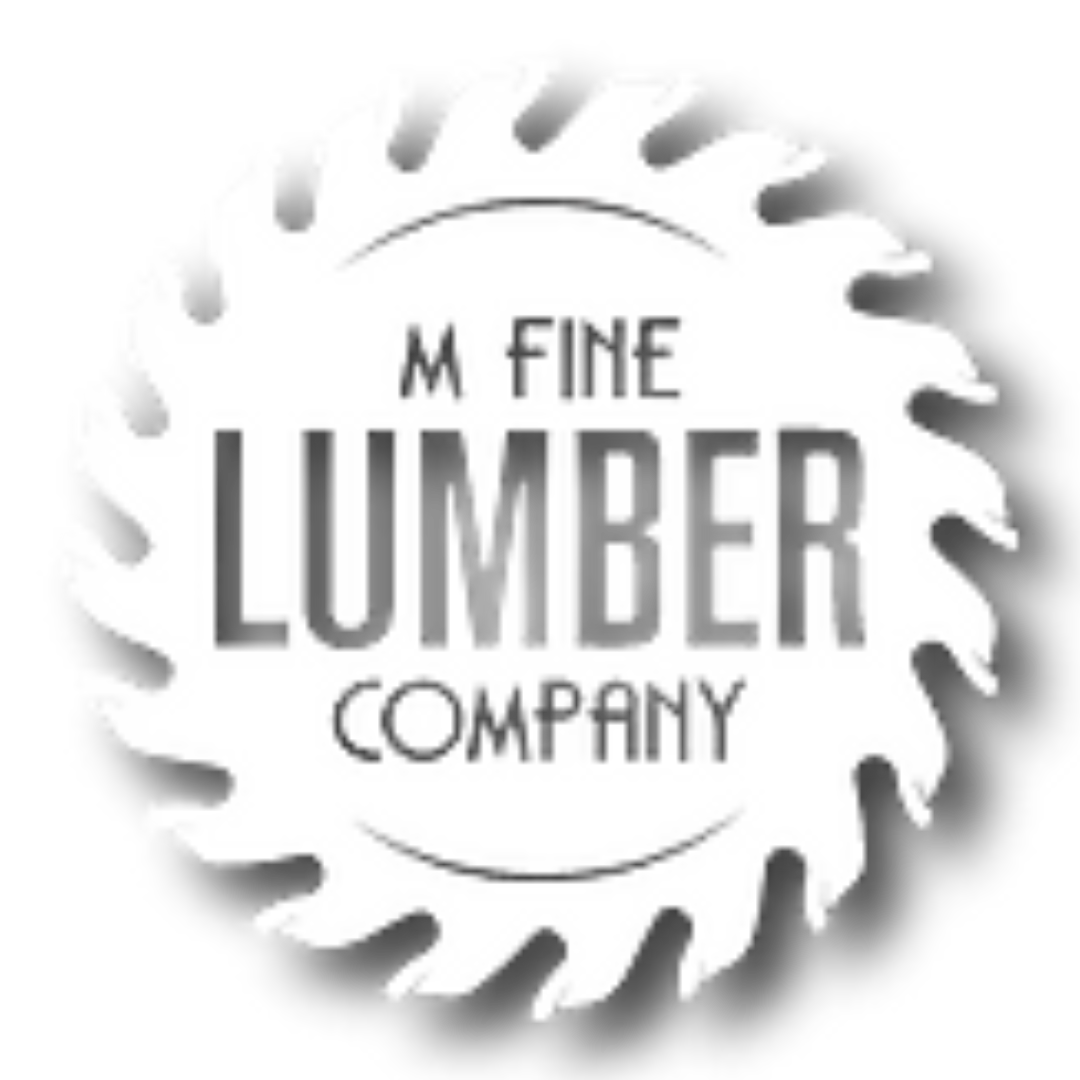Everything from wooden home frames and hardwood flooring to decking and kitchen cabinets is held together with nails and screws. But determining when to select one over the other isn’t always obvious.
When you’re working on a DIY project, the type of fastener you use can make a big difference in the end result. So which is better? Nails or screws? It can be tough to decide, especially if you’re not familiar with the pros and cons of each fastener.
In this blog post, we’ll look at the differences between nails and screws, and help you decide when to use each fastener when deciding on your next home improvement project.
Related: 9 Creative Recycled Wood Ideas

Nails vs screws: What To Keep In Mind When Choosing Between The Two
Consider the following variables while deciding:
-
The sort of pressure that the fasteners will be exposed to
-
The scope of the project and the time frame in which it must be completed
-
If the structure is temporary or permanent
-
The tools you’ll be using
-
The materials in which they are utilized
-
The budget for the project
-
Whether or not the fastening head will be visible in the finished design
When To Go With Nails
One common misconception is that nails are weaker than screws. In terms of holding power, nails are typically stronger than screws of the same length. This is because nails have greater shear strength, which is the ability to resist being pushed or slid sideways along a surface. As a result, nails are better able to withstand pressure from both sides.
Nails are often used for typical carpentry projects, such as:
-
Walls and roof frames
-
Fixing plywood sheathing
-
Installing hardwood floors
-
Siding and roofing installation
Finishing nails with small diameters are useful for:
-
Interior moldings, such as baseboards, chair rails, and window and door casings, must be nailed up.
-
Cabinet stiles and rail attachments
-
Edging solid wood to plywood shelves
-
Anywhere you don’t want to harm the surface of the wood with the head of a screw

Structural joinery, particularly wall framing
When anchoring plywood sheathing for exterior walls, fixing hardwood floors, and attaching siding and roofing, nails are best. Typical nails are often used for framing, building, and carpentry. Box nails feature a narrower shaft that prevents wood from splitting when hammered in, making them perfect for clapboard siding installation. Brad and finishing nails are excellent for fastening molding, door jambs, and baseboards.
Large-scale projects
Nails are often used for big projects since they can be readily installed using a nail gun. Moreover, they are less costly than screws.
Carpentry finishing
Because of their narrow shafts, nails are less prone to breaking wood, making them an excellent choice for wood molding. Finishing nails have small flat heads, making them less noticeable than screw heads. However, there are certain instances when trimming requires greater binding force than a nail can offer.
When It’s Better To Use Screws
Screws are usually used for:
-
Ledger board attachment
-
Cabinet installation
-
Wood decking fastening
-
Porch railing, wooden toys, bookshelves, and other woodworking projects
-
For any wood-to-wood connections, you may need to disassemble

Temporary jobs
Screws are a popular fastener among woodworkers because they can be used to construct jigs (temporary constructions that guide and keep work constant) for minor operations such as installing hinges. Screws are also useful for fastening hardware and trim, building cabinets, and linking furniture pieces, such as connecting a tabletop to a base. Screws are also preferred when dealing with more fragile materials such as plaster and drywall since they create less vibration and possible damage during insertion.
Weight-bearing construction and structural projects
It’s crucial to think about the tensile strength of the materials you’ll be working with when selecting fasteners for a home improvement job. The tensile strength of a material is its resistance to rupture when stressed. This is why screws are great for building projects where the pieces being joined will be subjected to tension or will be bearing weight, such as kitchen cabinets. Screws also prevent the separation of surfaces by resisting withdrawal pressure. So, they’re great for things like door hinges, where there’s a chance of vibration.

Nails vs screws, which is the best fastener for your DIY project? The answer largely depends on what you’re trying to accomplish. If you need a strong and durable hold, go with nails. But if you’re looking for something that can be easily removable and replaced without too much trouble, screws are a better option. Whichever one you choose, make sure you use the right size and type of fastener for the job. With the right tools and know-how, you can tackle any home improvement project using nails or screws!





Comments (0)
There are no comments for this article. Be the first one to leave a message!